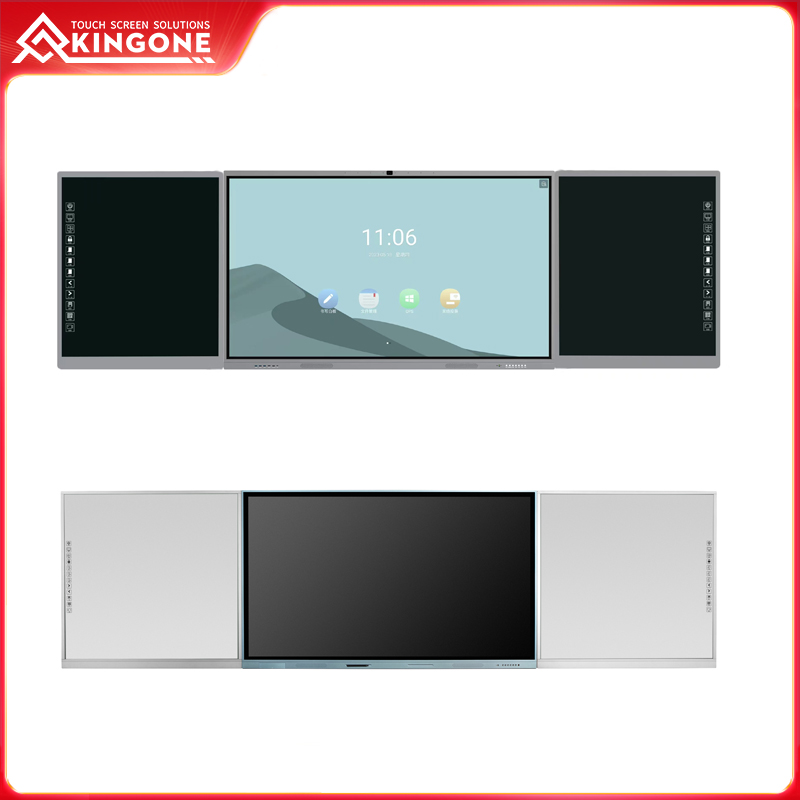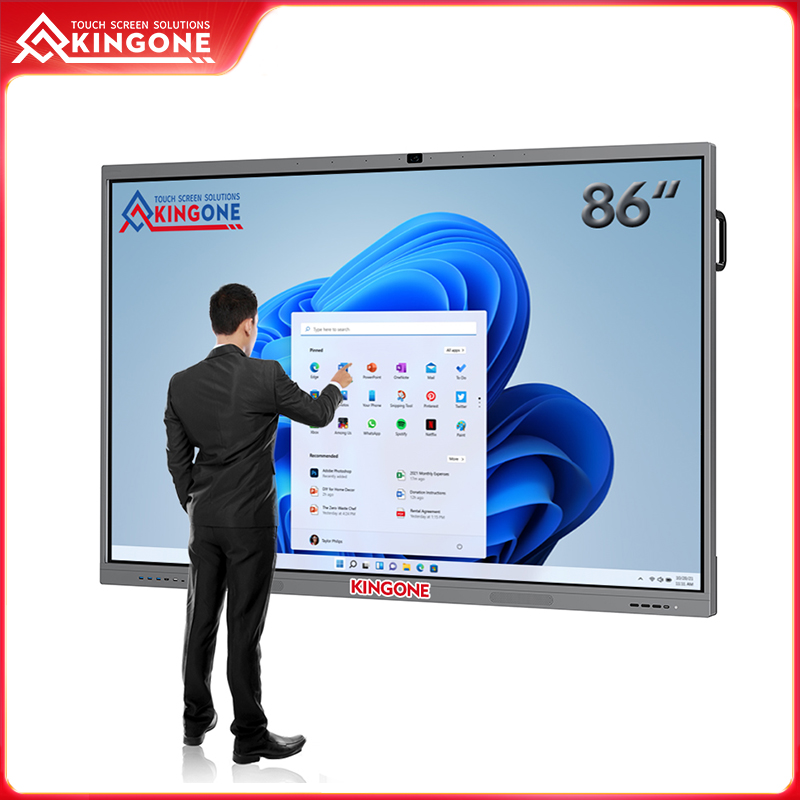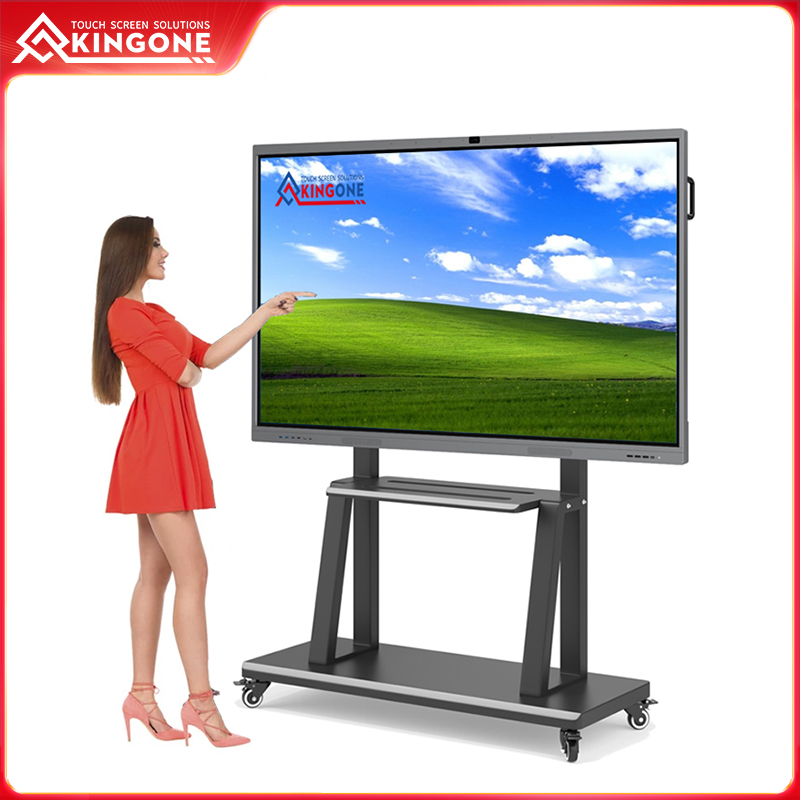Engaging Education: How Interactive Boards are Transforming Learning Experiences
Published:
2023-12-20 14:55:39
Discover the transformative power of interactive boards in education, reshaping learning experiences.
Introduction
Interactive boards have revolutionized traditional teaching methods by providing immersive learning experiences for students. With the incorporation of advanced technologies and interactive features, these boards have the capability to enhance engagement, collaboration, and understanding in the classroom. This article aims to explore the transformative impact of interactive boards on education and the various ways they are enriching learning experiences.
1. Enhanced Collaboration and Interaction
Interactive boards promote active participation and collaboration among students. With features like touchscreen capabilities and digital annotation tools, these boards allow students to directly engage with the content, encouraging them to work together and share ideas. Collaborative exercises on interactive boards promote teamwork, communication, and critical thinking skills, enabling a more engaging and interactive learning environment.
2. Visual and Multimedia Learning Opportunities
Interactive boards provide a platform for visual and multimedia learning, enabling teachers to present information in a more interactive and engaging way. With the ability to display videos, images, and interactive simulations, these boards cater to different learning styles and enhance comprehension. The integration of multimedia elements helps students visualize abstract concepts, making complex topics easier to understand and retain.
3. Personalized Learning Experiences
Interactive boards offer personalized learning experiences by catering to individual learning needs and preferences. Teachers can customize content and adapt their teaching methods to suit different student abilities and learning styles. By using interactive features like quizzes, games, and interactive exercises, teachers can provide targeted and differentiated instruction, promoting active learning and student engagement.
4. Real-world Connections and Problem-solving Skills
Interactive boards facilitate the integration of real-world examples and scenarios into the classroom. Teachers can use interactive resources and simulations to present practical applications of theoretical concepts, fostering critical thinking and problem-solving skills. By connecting classroom learning with real-world situations, interactive boards enable students to develop a deeper understanding of the subject matter and its relevance to their everyday lives.
5. Assessments and Feedback
Interactive boards offer various assessment tools and instant feedback options, enabling teachers to gauge student understanding and progress in real-time. Through interactive quizzes, polls, and assessments, teachers can identify areas of improvement and provide timely feedback to students. This feedback loop promotes self-reflection and encourages students to take an active role in their own learning process, leading to continuous improvement and academic growth.
Conclusion
Engaging education is a critical component of effective learning experiences, and interactive boards have emerged as powerful tools in transforming traditional classrooms. By fostering collaboration, incorporating multimedia elements, personalizing learning, promoting problem-solving skills, and facilitating assessments, interactive boards create an immersive and interactive environment that enhances student engagement and understanding. As technology continues to advance, interactive boards have the potential to revolutionize education and shape future generations of learners.
 English
English







